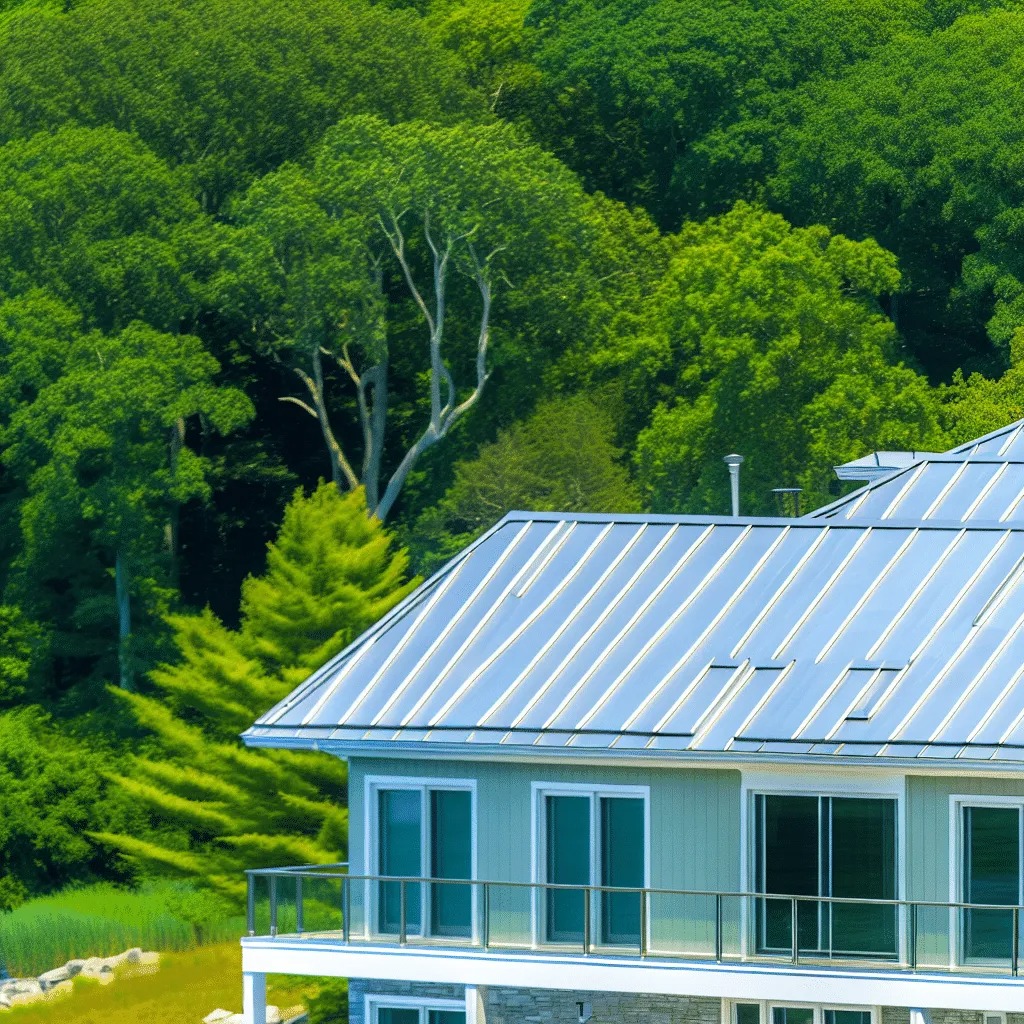The Clear Difference: Optimizing Natural Light and Energy
It might seem like a simple task, but knowing how to wash windows effectively can profoundly affect the ambiance and feel of your space. Clean windows can drastically improve your home’s aesthetic appeal, inviting in a flood of natural light that enlivens every room. Beyond mere appearance, this simple act of maintenance is key in maximizing the performance and longevity of your windows. Over time, unchecked buildup of environmental pollutants not only obscures your view but can also lead to irreversible glass damage. It’s not just about keeping up appearances; regular window cleaning is a crucial aspect of home care that should not be neglected.
Many homeowners underestimate the power of crystal-clear windows, often relegating this task to a hasty once-over during spring cleaning. Yet, the benefits of well-maintained windows extend far beyond the occasional wipe-down. An increase in natural light can boost your mood, and even reduce the reliance on artificial lighting—a boon for your energy bills. The clarity through which you view the world outside can transform your living space, offering a vivid and immersive experience of your surroundings. With the right approach, washing your windows can yield results that transcend mere transparency, enhancing your quality of life.
Approaching this task shouldn’t be seen as a chore but as an opportunity to refresh and revitalize your living environment. Proper technique matters, as does choosing the best time for the job—when the sun isn’t high enough to dry up the cleaning solution too quickly and leave streaks. Convenience might tempt you to use any available cleaner, but some household solutions may do more harm than good, leaving residues that attract more dirt. That’s why it’s essential to not just clean, but to clean smartly and effectively. By doing so, you’ll enjoy the full effect of sunshine streaming through your windows and appreciate the enhanced ambience it brings into your home.
Mastering the Art of Window Washing
While it may seem straightforward, the technique used to wash windows can make all the difference between a streaked pane and a transparent view. The ideal strategy involves starting at the top left corner and sweeping in an ‘S’ pattern to avoid drips and ensure each portion of the glass is given attention. This method not only provides thorough coverage but also prevents the same areas from being cleaned repeatedly, which is often the culprit behind unsightly streaks. High-quality tools such as a squeegee or a lint-free microfiber cloth are indispensable for a spotless finish without residue. Remember, the tools used are just as crucial as the method employed, making investing in the right equipment a wise decision in your cleaning arsenal.
When discussing the frequency of window washing, it’s not just about maintaining the sparkling appearance of your home; it’s also about caring for the glass itself. Over time, windows can collect hard mineral deposits from rainfall and sprinkler systems, and these contaminants can etch into the glass if not addressed. Experts recommend a thorough cleaning at least twice a year to remove these deposits and prevent long-term damage. However, in areas with a lot of airborne pollution or salt spray from the sea, more frequent cleaning might be required to preserve your windows’ integrity. Keep in mind, consistency in maintenance can significantly extend the lifespan and clarity of your windows.
What’s more, the cleansing agents selected play a significant role in the outcome of your efforts. Harsh chemicals can be detrimental over time, dulling the shine and affecting the glass, whereas eco-friendly solutions can offer equivalent efficacy without the negative impact. A simple yet effective blend of distilled water and white vinegar can serve as a safe and powerful detergent against common window grime. Adopting green cleaning practices is not only kinder to the environment but can also be gentle on your windows and your health. For further insights on ecological cleaning methods for your home, take a look at our green roof systems that tie into a comprehensive approach to sustainability.
Concluding Insights on Window Maintenance
In concluding our guide on the best practices for window cleaning, one must recognize that the devil is in the details. Special care should be taken when dealing with stubborn spots and stains on your windows. Pre-treating these areas with a solution-soaked towel can soften the debris, making them easier to wipe away without harsh scrubbing. Preservation is just as important as the clean itself; by proactively addressing these issues, you ensure a seamless and efficient cleaning experience. Moreover, this forethought helps maintain the pristine condition of your windows for longer periods.
As we reaffirm the importance of clean windows, let’s remember it’s not just about the immediate sparkle. The long-term benefits, such as protecting the glass from environmental damage and improving the overall ambiance of your space, cannot be overstated. A regular cleaning schedule, paired with the right techniques and tools, can drastically extend the life and clarity of your windows. It’s an investment in your property’s appearance, functionality, and your personal comfort. To maintain this level of care, consider exploring other aspects of home maintenance that contribute to your property’s integrity, like ensuring robust gutter systems.
Emphasizing the impact of our actions on the environment, we encourage the switch to greener alternatives in all aspects of home maintenance, including window cleaning. The simple act of choosing eco-friendlier cleaning agents can have far-reaching benefits for our planet while keeping our homes immaculate. Through this guide, we’ve shared valuable insights and tips designed to enhance your window-washing technique, making it both effective and eco-conscious. So the next time you approach this task, remember the power of a clear view and the joy of sunlight enhancing your living space. After all, the clearest views often bring the brightest ideas.
Insights From The Experts
Tip 1:
Wash your windows on a cloudy day to prevent the sun from drying the cleanser too quickly, which can leave residue and streaks. Aim for overcast weather where the sun’s intensity won’t affect the cleaning process.
Tip 2:
Use distilled water if you have hard tap water; it will prevent mineral deposits from leaving marks on your glass. For a homemade solution, mix it with white vinegar which serves as a natural cleaning agent.
Tip 3:
Implement the S-pattern technique while wiping the windows – it ensures that no spot is missed and reduces streaking compared to a circular motion that can redistribute dirt.
Tip 4:
Invest in a quality squeegee and microfiber cloths for drying the edges of the window. These tools can significantly enhance the clarity and shine of your glass without leaving fibers behind.
Tip 5:
If you encounter stubborn spots, such as bird droppings or adhesive residue, pre-treat them with a soaked cloth before regular cleaning. This softens the debris and makes it easier to remove without excessive scrubbing.
Your Top Window Washing Queries Answered
What is the best time of day to wash windows to avoid streaks?
The optimal time for window washing is on an overcast day or during the early morning or late afternoon when the sun is not directly hitting the windows, as this reduces streaking by slowing the drying process.
How often should windows be cleaned to maintain a streak-free appearance?
To keep windows looking their best, aim to clean them thoroughly at least twice a year, though this may vary based on local environmental factors and personal preference for cleanliness.
Can I wash windows using just tap water or do I need a special solution?
While tap water can be used for cleaning windows, adding a simple cleaning solution, like diluted vinegar, can enhance the effectiveness and help avoid mineral deposit streaks, especially if you have hard water.
What are the most effective tools for cleaning windows without leaving residue?
A squeegee paired with a microfiber cloth or a chamois is the most effective combination for leaving a streak-free finish without any residue.
Are there eco-friendly alternatives to traditional window cleaning chemicals that are just as effective?
Yes, a solution of distilled water and white vinegar is an effective eco-friendly alternative to traditional window cleaners that cuts through grime and leaves a streak-free shine.



